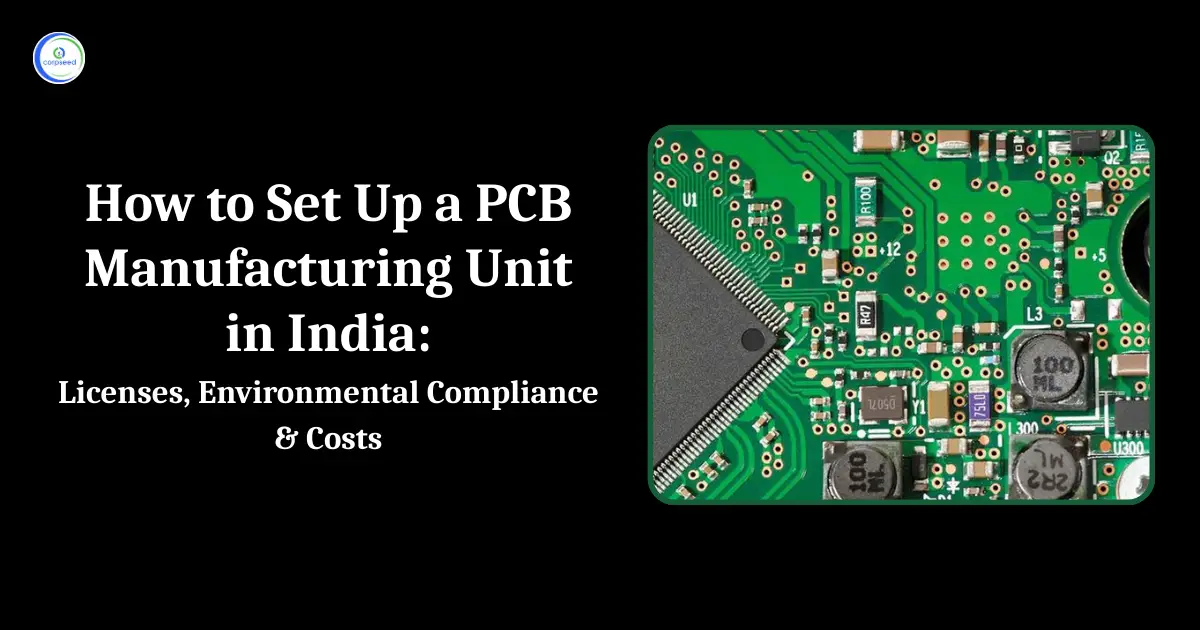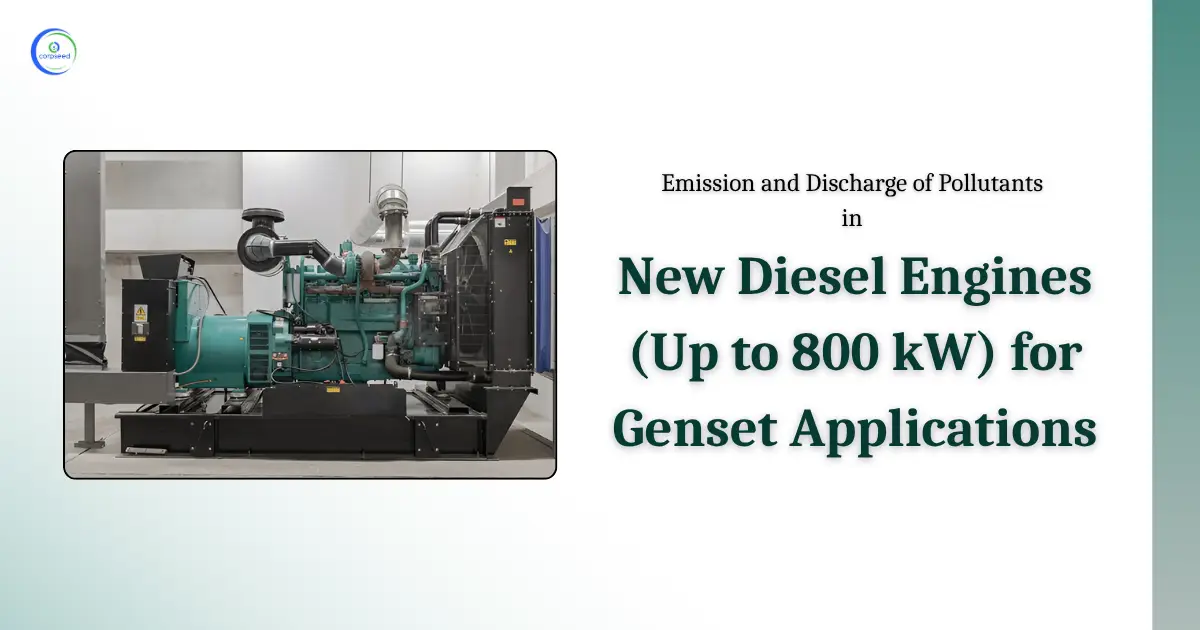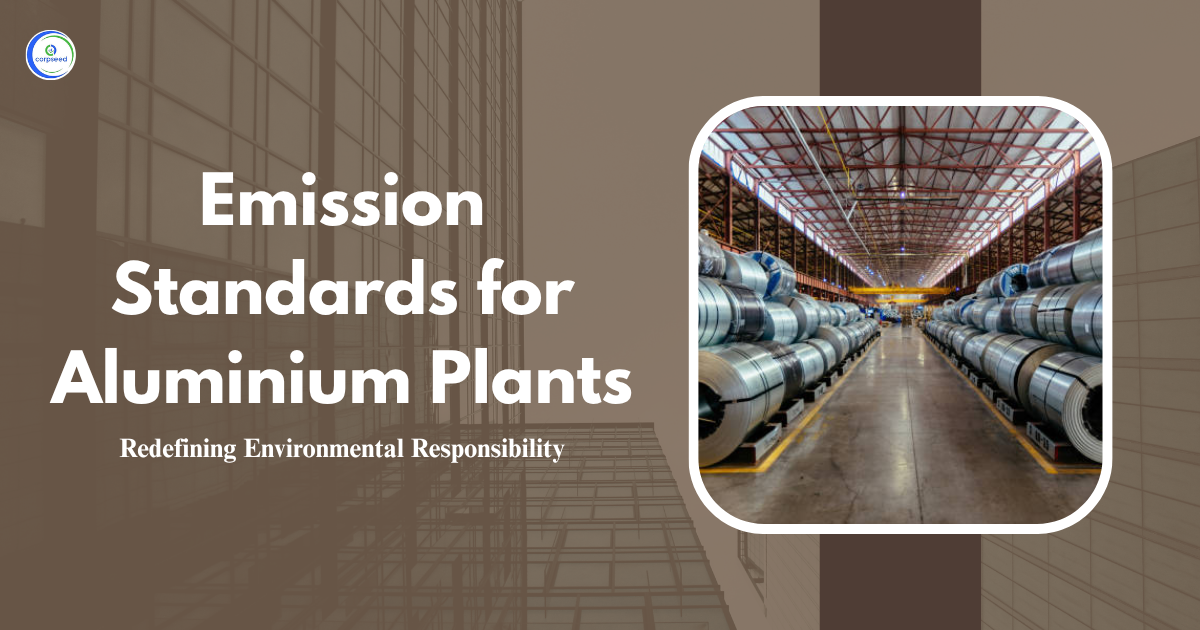Chlor alkali industries play a major role in producing essential chemicals like caustic soda, chlorine, and hydrogen. These plants, however, also release pollutants that can impact human health and the environment. Due to this, regulatory bodies such as Central Pollution Control Board (CPCB) and State Pollution Control Boards (SPCB) set strict chlor alkali emission standards. These standards aim to control mercury, chlorine, and hydrochloric acid emissions during caustic soda production. Caustic soda environmental regulations help in maintaining air and water quality while ensuring industries achieve environmental compliance and secure environmental clearance. Following the caustic soda emission limits is not only mandatory but also crucial for sustainable development.
Table of Contents
--------------Blog Contact Form-------------
What is Chlor Alkali (Caustic Soda)?
The chlor alkali process refers to the production of three vital chemicals: caustic soda (sodium hydroxide), chlorine, and hydrogen. These products are obtained through the electrolysis of salt (sodium chloride) solution. Caustic soda is widely used in paper, textiles, detergents, and petrochemical industries. Chlorine is used in water purification, disinfectants, and PVC production.
There are three main types of electrolysis methods used:
- Mercury Cell Process
- Diaphragm Cell Process
- Membrane Cell Process
Among these, the mercury cell process raises significant environmental concerns due to mercury emissions from caustic soda production. To address these, the government has implemented strict caustic soda environmental regulations.
Following the chlor alkali emission standards is mandatory to reduce pollution and ensure safety. These regulations are framed by CPCB and implemented by SPCB. Regular audits and emissions monitoring ensure that emission norms for caustic soda plants are properly followed. These steps help protect air, water, and soil from contamination.
Emission Standards of Chlor Alkali (Caustic Soda)
The following table shows the chlor alkali emission standards as per the Central Pollution Control Board:
| S.No. | Industry | Parameter | Standards | |
| 28 | Chlor Alkali (Caustic Soda) | Emission | Concentration in mg/m3 (normal) | |
| Mercury Cell | Mercury (from hydrogen gas holder stack) | 0.2 | ||
| All Processes | Chlorine (from hypo tower) | 15.0 | ||
| All Processes | Hydro chloric acid vapours and mist (from hydro chloric acid plant) | 35.0 | ||
These caustic soda emission limits are enforced to control air pollution and health risks. Adhering to these values ensures environmental compliance and helps industries secure environmental clearance from State Pollution Control Boards (SPCB) and Central Pollution Control Board (CPCB). These environmental pollution standards for chlor alkali plants are part of a broader framework to limit industrial emissions.
Importance of Emission Standards for Chlor Alkali (Caustic Soda)
The importance of Emission Standards for Chlor Alkali are:
- Reduces Air Pollution: Strict emission norms for caustic soda plants help reduce the release of chlorine, mercury, and hydrochloric acid vapours, which are harmful to human health.
- Prevents Environmental Damage: Following chlor alkali pollution control norms limits soil and water contamination, especially in areas near caustic soda production units.
- Ensures Public Safety: Controlled mercury emissions from caustic soda production reduce exposure risks for nearby communities, ensuring safer living environments.
- Supports Legal Compliance: Meeting caustic soda environmental regulations avoids legal penalties and contributes to smooth business operations with necessary environmental clearance.
- Promotes Industrial Responsibility: Implementing chlor alkali emission standards encourages industries to adopt cleaner technologies and more sustainable processes.
- Improves Worker Health and Safety: Workers in chlor alkali plants are directly exposed to chemicals. Following emission norms for caustic soda plants safeguards their health.
- Helps Achieve Sustainable Development Goals (SDGs): Compliance with caustic soda emission limits aligns with global environmental sustainability goals, reducing industrial carbon and chemical footprints.
Monitoring and Compliance
Effective enforcement of chlor alkali emission standards requires regular monitoring and strict checks. Central Pollution Control Board (CPCB) and State Pollution Control Boards (SPCB) have established protocols for data collection, emissions testing, and reporting. Industries must install continuous emission monitoring systems (CEMS) to track pollutants such as mercury, chlorine, and hydrochloric acid. State Pollution Control Boards (SPCB) carries out random inspections, third-party audits, and periodic sampling. Annual environmental audits ensure that environmental compliance is maintained consistently. Units violating caustic soda environmental regulations may face fines, closure notices, or cancellation of environmental clearance. Moreover, the installation of mercury-free technologies like membrane cell processes has been encouraged by the CPCB. This shift further reduces mercury emissions from caustic soda production. Plants must maintain records of emissions and submit reports regularly to the concerned SPCB to show adherence to chlor alkali pollution control norms.
Conclusion
Adherence to chlor alkali emission standards is essential for safeguarding the environment and ensuring public health. By strictly following the caustic soda environmental regulations, industries can control harmful emissions and avoid environmental degradation. Emission norms for caustic soda plants are part of India’s broader effort to maintain sustainable industrial development. Regulatory bodies like Central Pollution Control Board (CPCB) and State Pollution Control Boards (SPCB) play a key role in ensuring environmental compliance and granting environmental clearance to responsible industries.
With rising concerns over pollution and climate change, stricter enforcement of caustic soda emission limits is needed. Adopting clean technologies and monitoring systems will help industries meet the environmental pollution standards chlor alkali plants must follow. Ensuring compliance not only protects nature but also builds trust and accountability in industrial operations.
This portion of the site is for informational purposes only. The content is not legal advice. The statements and opinions are the expression of author, not corpseed, and have not been evaluated by corpseed for accuracy, completeness, or changes in the law.
BOOK A FREE CONSULTATION
Get help from an experienced legal adviser. Schedule your consultation at a time that works for you and it's absolutely FREE.







_Corpseed.webp)
.webp)
